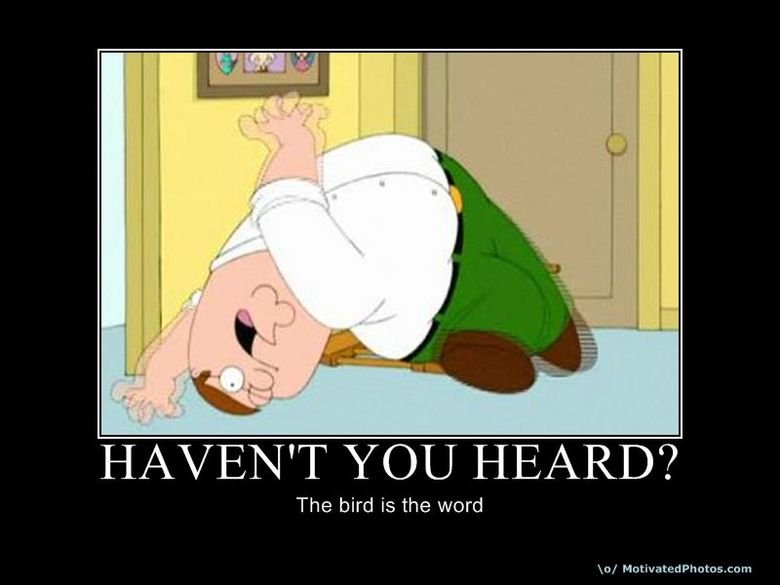The big question here is: “What’s the point of having a website when no one can find it?” Say you do have the most amazing looking website and you’ve spent all this money paying the most talented designers and developers. Did you remember to budget out time and money for the post-launch phase? Search Engine Optimization (SEO) and internet marketing are just as important – if not more important – than having an aesthetic website. Have no clue on what to do next? Fear not, I will tell you.
Step 1. RESEARCH….
and a plethora of it. Keyword Research is most important and crucial to the SEO campaign.
The first thing you need to do is figure out what niche you belong in, as well as the products and services you are providing and promoting. Put yourself in your customers’ shoes, and come up with a list of potential keywords that they would “Google” to find you online. (Your own company name doesn’t count.)
Once you’ve done this, use the Google Search-Based Keyword Tool to analyze your list, check the number of monthly searches, check the competitiveness of these words, and see who’s on PAGE ONE for these keywords and how often they are. Remember that GOOGLE reigns over any other search engine.
Step 2. COMPETITIVE MARKET ANALYSIS….
basically more research but with your battle uniform on.
Break down your keyword list to 2-3 main, important keywords that you’ll target and pick 4-5 less significant ones. Then, create a spreadsheet with all the keywords, and then list all the competitors from PAGE ONE of Google.
You could use a program like SEO Quake to collect some of the data that you will need, such as their Page Rank, Alexa ranking, number of indexed pages, inbound links, backlinks, directory listings, W3C validation, inline CSS/Javascript, robots.txt and much more. There are also other custom SEO Tools that other developers have built that will help you grab this information. Just Google the type of data that you’re looking for, and several tools will be at your disposal. Using more than one reliable tool will get you more accurate results. This data will tell you how difficult and how long of an SEO campaign you will be embarking on.
Snooping around and “scanning” your competitors’ websites with these SEO Tools wouldn’t hurt either. Learn from your competitors and OUTDO them.
Step 3. ON-SITE SEO….
meaning the affecting factors on your website.
I hate this phrase, but it’s true: CONTENT IS KING. If you’re not providing quality content that people are interested in reading (usually something that involves THEM and how it will BENEFIT them), then go ahead and hit the ol’ dusty trail. Engaging content will keep visitors coming back to your site and will only help your SEO efforts.
Improve your FINDABILITY (another made-up web word that makes me cringe). Make sure to include header tags, meta tags, alt tags for images and HTML code is done correctly. I love using Content Management Systems like WordPress, because they have simple plugins that make these elements easy to input. Make sure to have a proper site map that will be submitted to search engines in order to increase the chances of your website to be properly indexed.
Step 4. OFF-Site SEO Strategies….
meaning go through the back door. (that’s what she said)
The most important and gargantuan factor in this step is back-linking. Basically, Google views every back link your site has as a vote for your site from someone else. The best back links you can get are called one way links. One way links are where another website links to you without you having to link back. Good examples of this are article marketing, blog commenting, and directory submissions. The ideal situation is getting back-links from a reputable site, with a high ranking on Google.
Anchor linking is a way to make your back links worth more. Don’t say – click this link for more! But say: Design Engine provides Pro/Engineer Tutorials. The 2nd example is worth more to search engines even though it is the same link.
Reciprocal linking is where you link to a website and then that website links back to you. Remember to only focus on the ones targeted to your niche and those having a higher page rank than you. This process takes time and sweat, so don’t expect great results overnight.
So now on to promotion….here are some marketing techniques that will help drive traffic to your site.
1) Video marketing – YouTube, Vimeo
2) Email marketing – Constant Contact, MailChimp
3) Social Media Marketing – Twitter, Facebook, LinkedIn
4) Article marketing – Digg, StumbleUpon
5) Blogging – Tumblr, WordPress Blog, or even on your own site (like ours or proetools.com)
6) Local Search Marketing/Listings – local search engines, local directories, Google Maps, Yelp, Insider page, Yellow Pages, Metromix, Citysearch
The most important thing to remember is to: TAKE ACTION. Doing whatever it takes to grow your empire.
But do it with STRATEGY so that your efforts will not be in vain.
Now I shall leave you with a Family Guy Surfin’ Bird video:
Article Written by: Justina Nguyen


